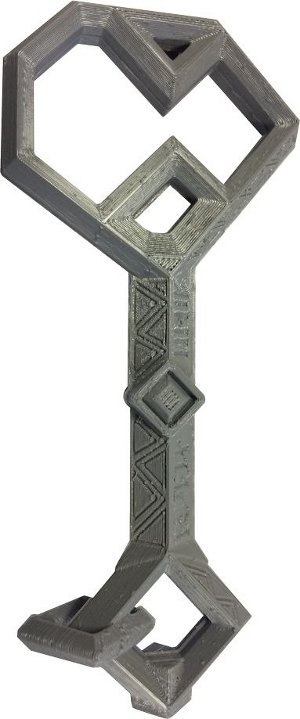Practice of 3D printers using in cinematography and image multiplication

World cinematography does not rest on laurels, it is in permanent progress. Virtual scenery appears to replace old. This virtual pieces of scenery are created on a computer and exist just within the bounds of a digital network or a computing device memory. Entertaining scenes are made with help of digital visual effects (VFX) in increasing frequency. But, in spite of the great thing about using a computer, some film directors keep making their films in the same old way, with usage of real effects, scenery and stage properties.
Special effects (FX) and visual effects (VFX). FX - these effects are made directly on a film set and they are real. They are explosions, blood splatters etc. Visual VFX effacts are made after filming - incredible characters and equipments, large-scale views of fantastic sites, mythical artifacts, lost everyday itemsetc.
Sometimes whole the filming process takes place in a studio stage with usage of green screen, and later in the course of postprocessing virtual characters, items and whole sites are overlapped on the footage.
But through it all, it is better to have real stage property, and it takes a great deal of a future film budget. This is where a 3D printer comes to the rescue. 3D printing increases the speed of generating of necessary for filming items, noticeable decreases their cost, and the most important - it allows not to limit costume designers imagination. Something, that comes amiss to make from a usual materials because of its design peculiarities, could be easily printed on a 3D printer.
Even in the most top-grossing films 3D printed stage properties are used. Among these movies are the next: "Iron man", "Terminator", "Avatar", "Skyfall" and many othres.
3D printers restore a long forgotten style - puppet animation. The characters of a famous animation movie "ParaNorman" (2012, USA) were printed on a 3D printer. More than eight thousands faces with different facial expression were printed for representing of the central character emotions.
Some stage properties are printed just for the background, it could be thrown away without any regrets. Other items could be printed as high quality items for close-up shooting.
A visible layering of printed objects is not a limiting factor. There are few methods of a printed objects postprocessing, which smooth the graded surfaces:
- covering with a special smoothing material;
- surface finishing with dichloromethane.
The main advantages of using 3D printing in filmmaking for stage properties producing:
- producing speed;
- low price of final objects;
- repeatable accuracy;
- possibility to create elaborate designs.
In the matter of purchasing a 3D printer contact us directly.